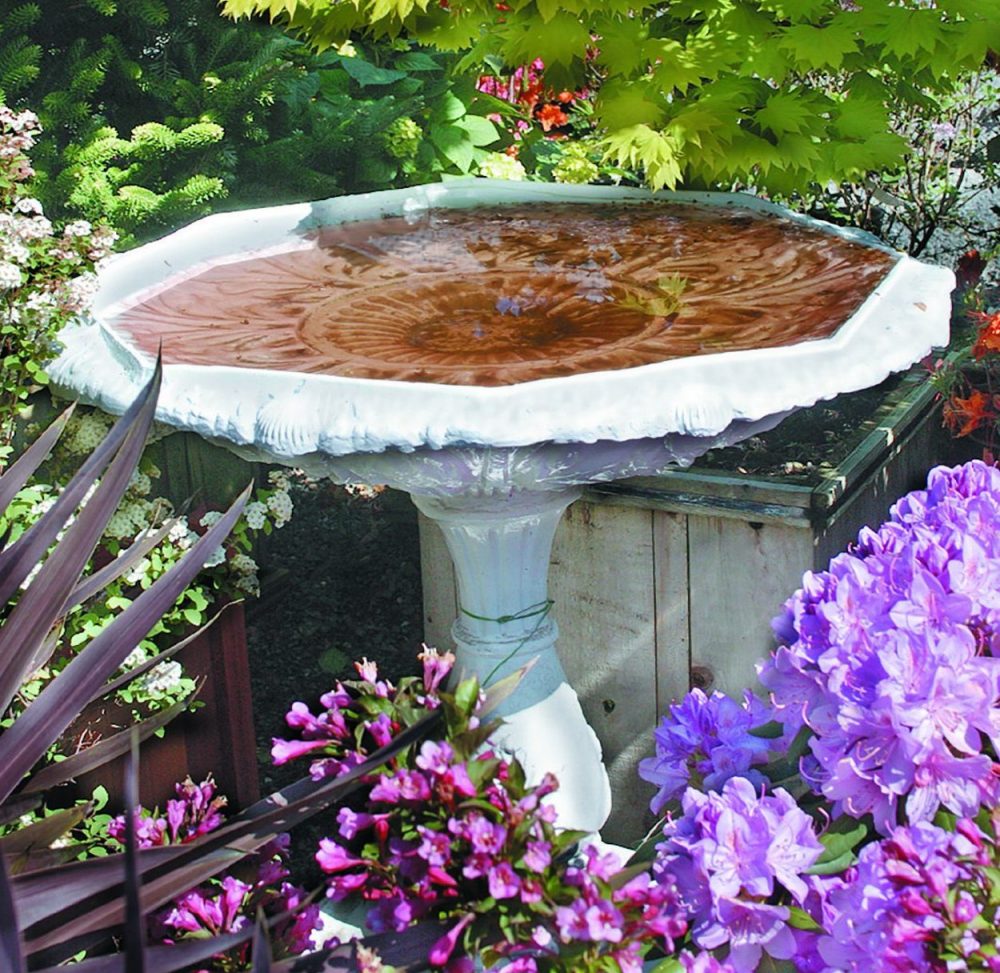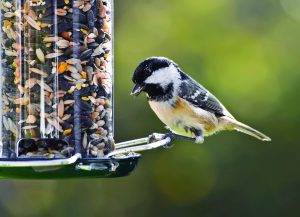Warm weather means more opportunities to spend time outdoors while at home. Whether your favorite form of outdoor recreation includes sitting on the patio reading or digging in the garden, there’s a good chance that you will be sharing the space with local wildlife. Optimizing opportunities to view and interact with backyard wildlife can make the great outdoors even more enjoyable.
The Cornell Lab of Ornithology indicates that there are around 2,059 bird species on the continent of North America. Red-winged blackbirds, yellow-rumped warblers, American robins, and chipping sparrows are among the most commonly seen birds in North America. Making a backyard hospitable to birds can increase the chances for sightings and hearing their sweet songs. Installing a bird bath can be a step in the right direction. Bird baths can make yards more attractive to birds. Birds require a supply of fresh, clean water for drinking and bathing. By setting up a bath, homeowners can attract not only seed-loving birds, but those that don’t eat seeds and wouldn’t normally congregate around feeders, indicates All About Birds. Experts surmise that birds may bathe to maintain their feathers.

Not all bird baths are constructed the in the same fashion. Many bird baths sold in stores are better suited for decoration than for serving as functional baths. There are four general types of bird bath: standing pedestal, hanging bath, deck-mounted, and ground-level. In general, the lower a bird bath is to the ground, the more likely birds are to use it. Most natural sources of water birds use are on or near the ground. Therefore, ground-level bird baths may be the best investments. It is important to keep the water in a bird bath shallow (around two inches of water or less). This enables birds to splash around safely and wade in. Birds do not want to slide around, so a material that is coated and slippery, like glazed ceramic or glass, may not be too popular. Rough stone or a bird bath modified with pea gravel or rocks can give birds steady footing.
Place the bird bath in the shade if possible to ensure the water is cool and fresh. Locate it by a tree so the birds can hop up to a branch and preen afterwards. All About Birds also says that a bird bath is more attractive if it has a dripping or moving water feature, as this is often irresistible to birds.
Another way to ensure the bath will be used is to keep it clean and maintained. Change the water every day or two. Rinse off the bath to remove droppings, bugs and other debris. Once birds learn there is a comfortable bath nearby, they may be more apt to visit a yard and may even become frequent guests.







